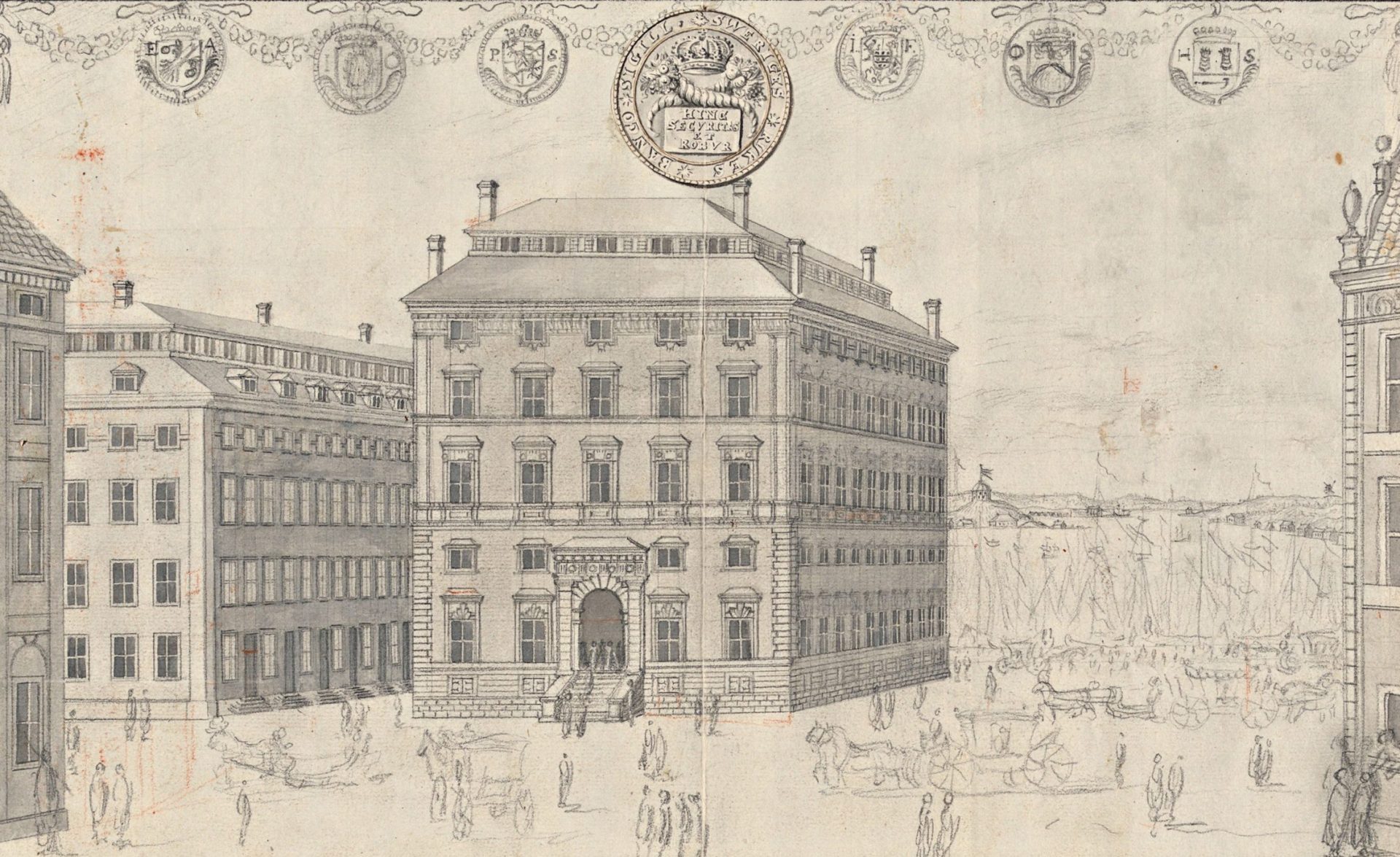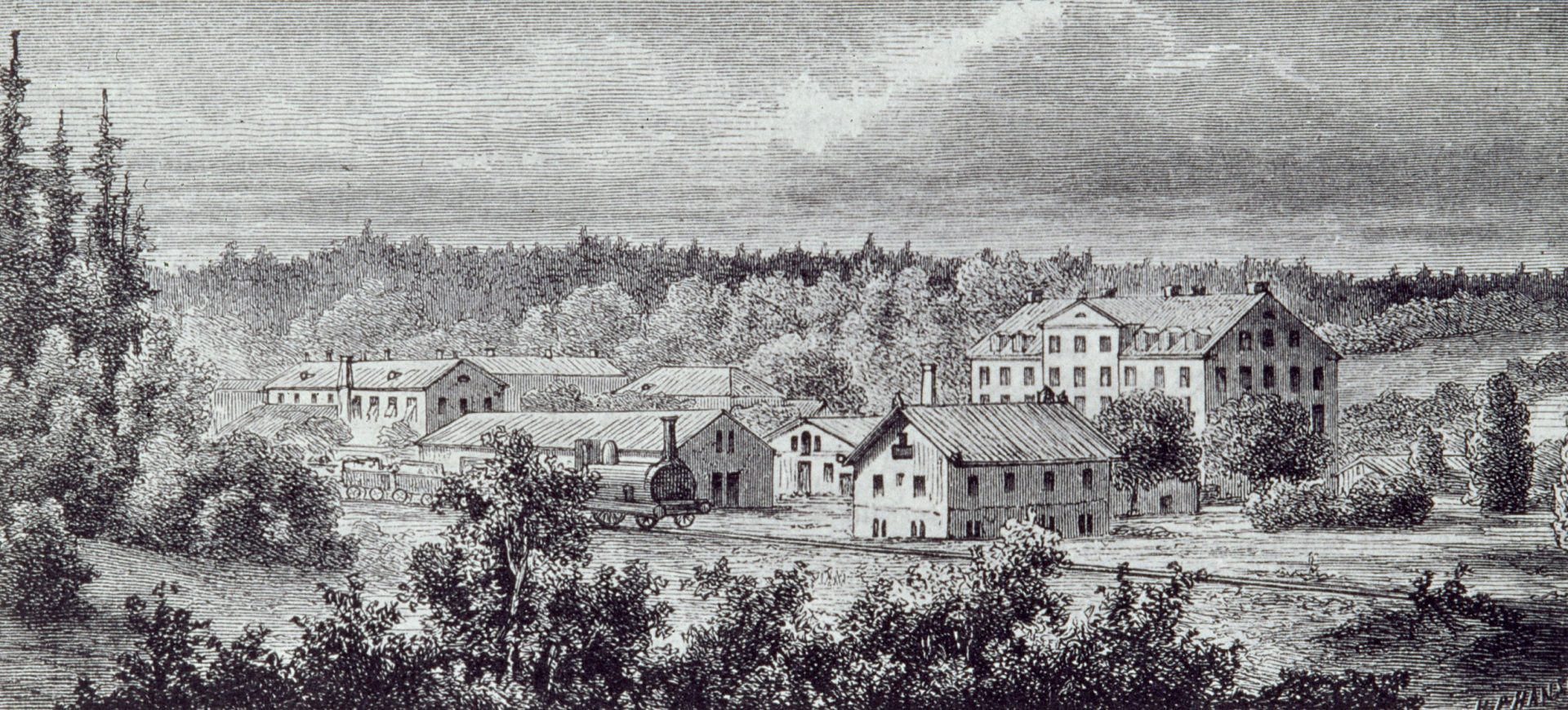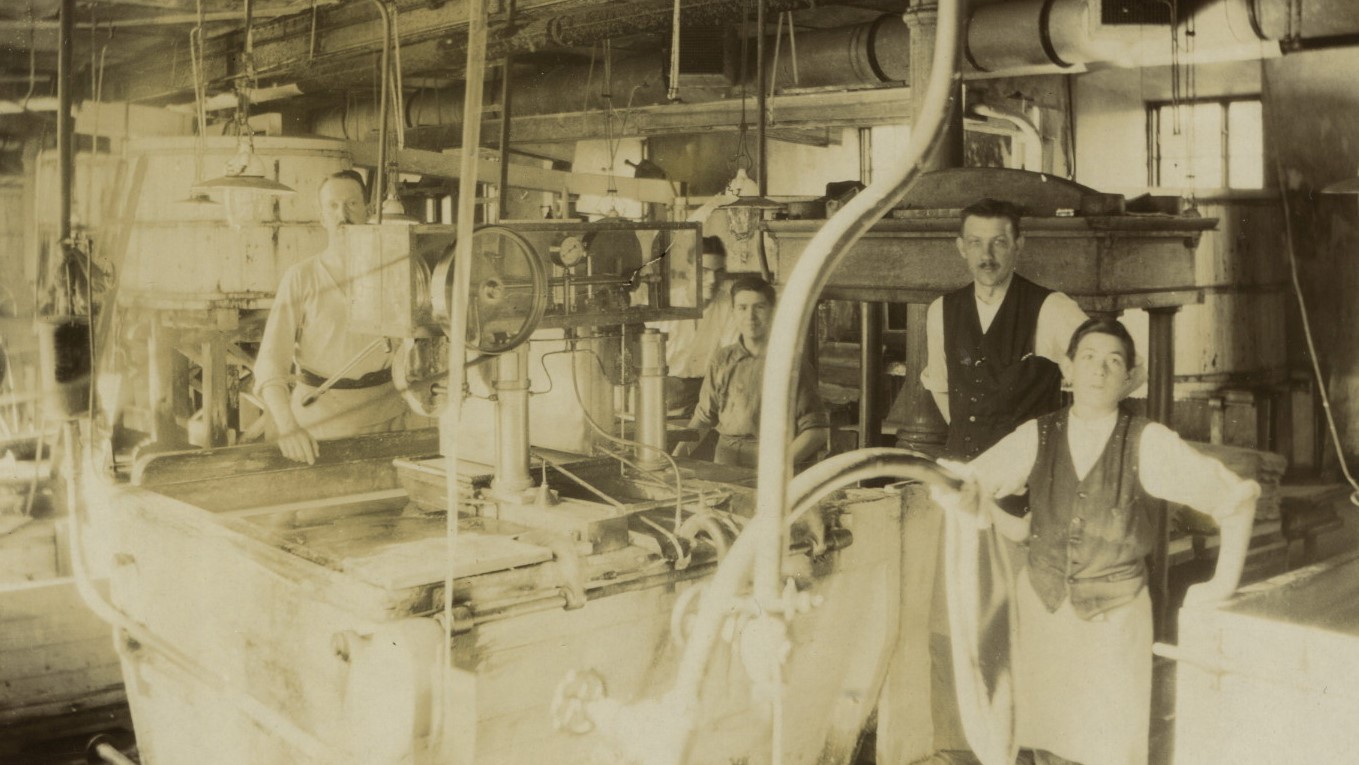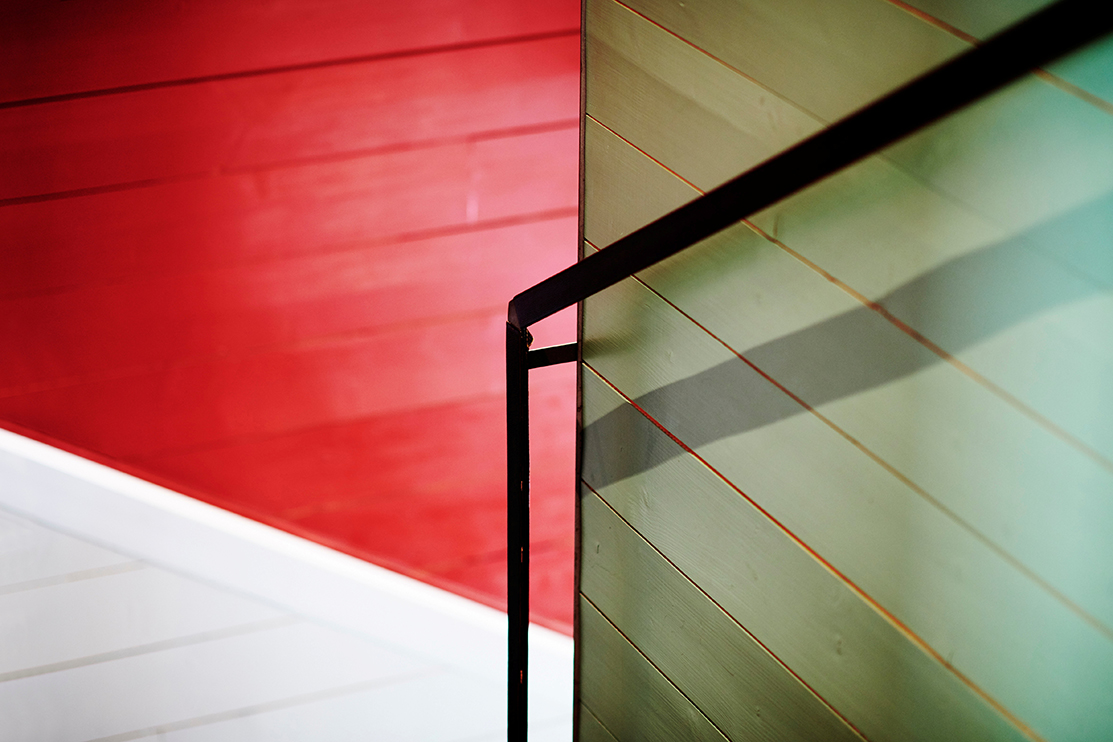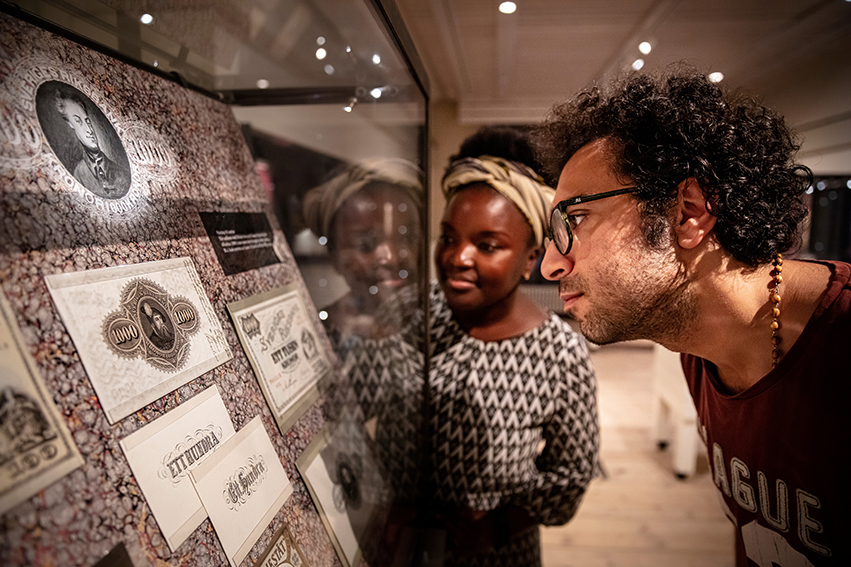
The Mill Becomes a Museum
The mill continued to struggle with cumbersome administration and poor profitability, so much so that on several occasions there were calls to close down production. The future of the mill was debated both internally and in public. One idea put forward was to buy another paper machine to increase capacity, and thus profitability.
The good idea of producing paper for the private market also brought with it the concern that there were sometimes delivery problems. As soon as an order for banknote paper came in, it took precedence over all other production, which was not good for Tumba Paper Mill's reputation. A private customer could suddenly have to wait many weeks for their paper.
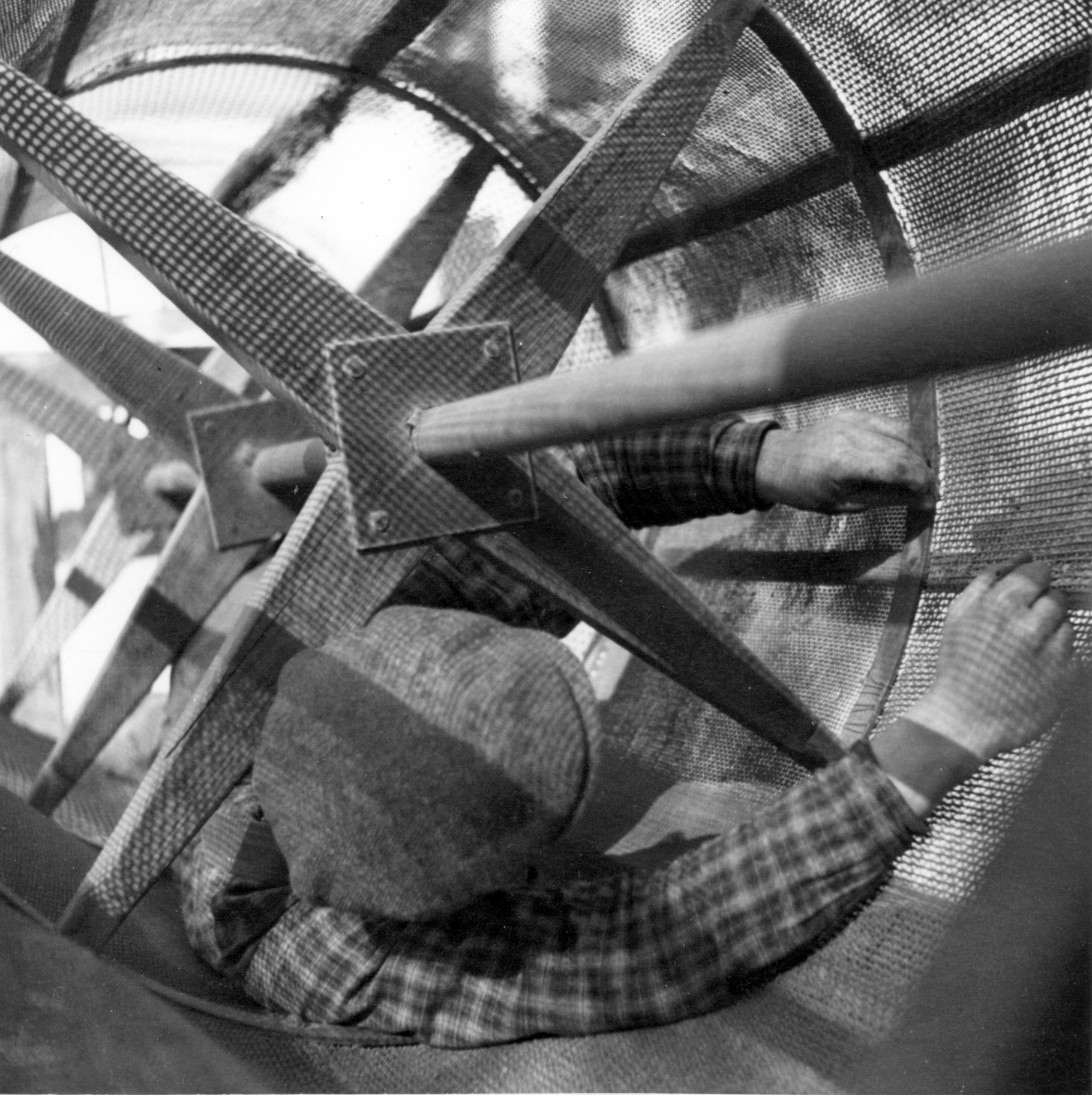
In 1961, the Riksdag's auditors pointed out that, despite a certain improvement in efficiency, Swedish banknote paper was three times more expensive than equivalent paper from England and France, for example. The price per kilo was (in 1960) SEK 24.40 per kilogram for paper produced in Tumba, compared to about SEK 8 per kilogram for English and French banknote paper.
In the early 1960s, the idea of creating a museum arose. Harry Ericsson, the operating engineer, was the driving force, and all the old objects that had hitherto been collected and stored in the attic of the Klockhuset building were moved to the Kölnan building. The Tumba Paper Mill Museum opened its doors to the public in 1968.
The national becomes international
In the 1950s and 1960s, discussions about profitability eventually led to the purchase of a new and larger paper machine and the relocation of the banknote printing works from central Stockholm to Tumba. Combining these two operations in the same location was expected to simplify administration and increase efficiency. Perhaps the long-awaited profitability could be achieved after all?
When Sweden joined the European Union, this meant a new reality for Tumba Paper Mill and the Swedish Riksbank. The likelihood that Sweden would also participate fully in the forthcoming monetary union was high, and in any case the role of the Riksbank changed.
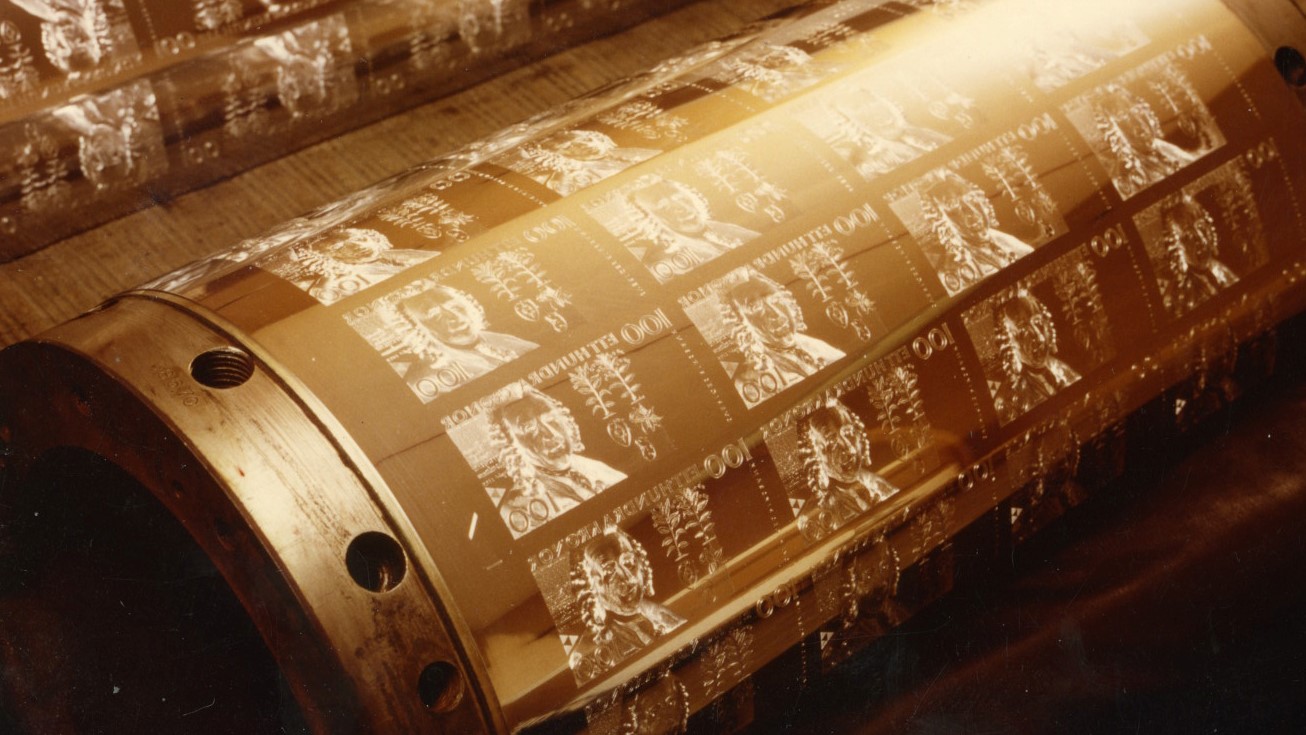
The new times led the Riksbank to decide at the end of the 1990s to sell both the mint in Eskilstuna and the paper mill with the printing works in Tumba. Going forward, the Riksbank would only ensure that the paper had the necessary security level and was of good quality.
The Finnish Mint bought the mint in Eskilstuna in 2002 (closed in 2011). The Tumba Paper Mill was bought by Crane, an American family company that had been operating in the USA for a very long time. Crane had good knowledge of banknote paper production, but lacked some knowledge of printing works, which the purchase of the Tumba Paper Mill was intended to remedy. The company hoped to become more competitive in the global market.
One of the first decisions was to cease production of all civilian paper, i.e. paper other than banknote paper. The only exception was that the company continued to make paper for Swedish passports for a few more years.
Only a few rooms in the beginning
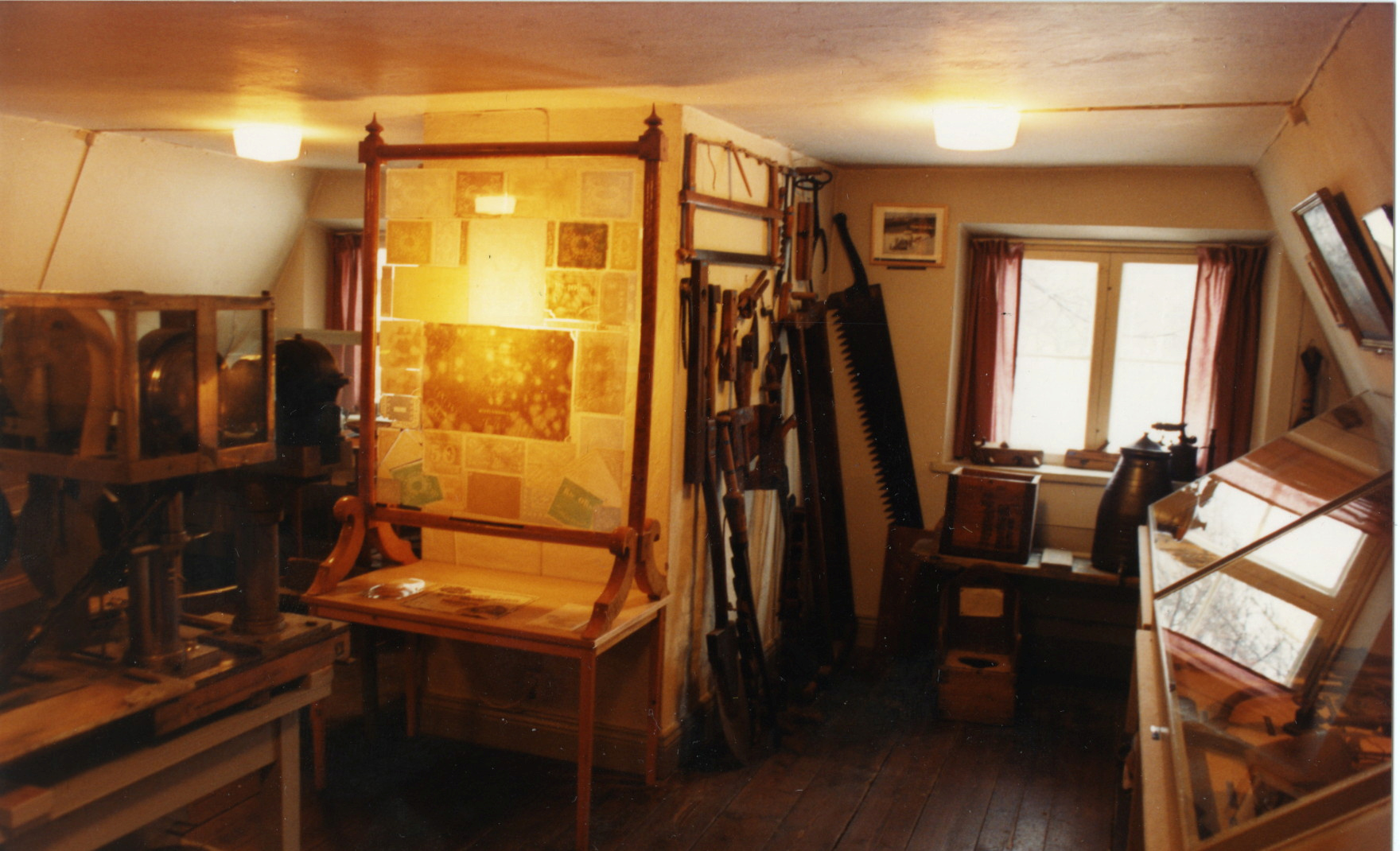
In connection with the sale of the Tumba Paper Mill to Crane, the National Property Board of Sweden (Statens fastighetsverk) took over the cultural heritage buildings on the site. The state also established the foundation Stiftelsen Tumba Bruk in 2004 to take care of the museum collections and finance the exhibition activities.
In addition to the Kölnan building, which has served as a museum since 1968, two other buildings were added – Oxhuset and Röda magasinet. The space was needed to conduct professional museum activities in a modern way. Among other things, the museum needed to set up its own café as it was no longer possible to order refreshments for groups in the mill's staff canteen.
The new museum opened on 4 June 2005.
